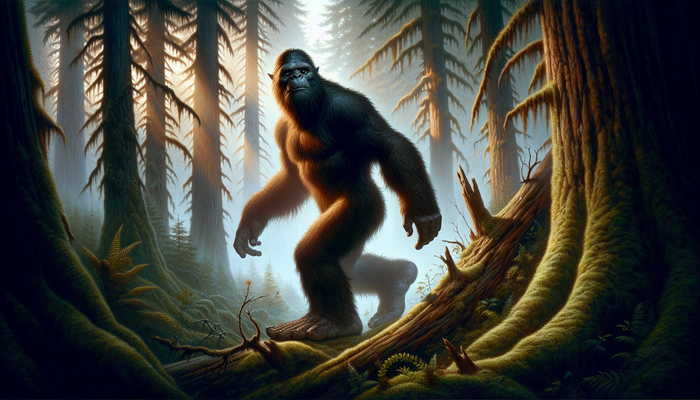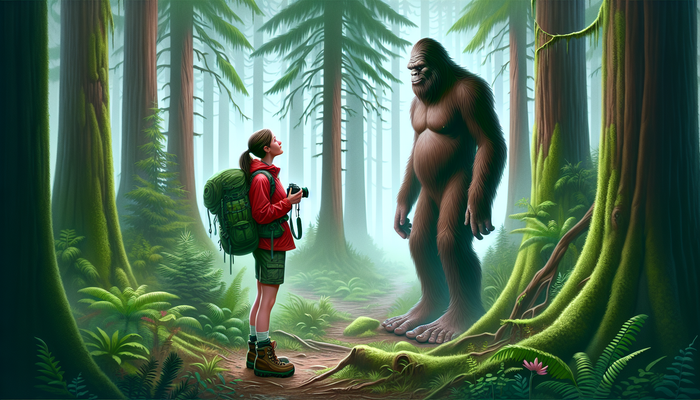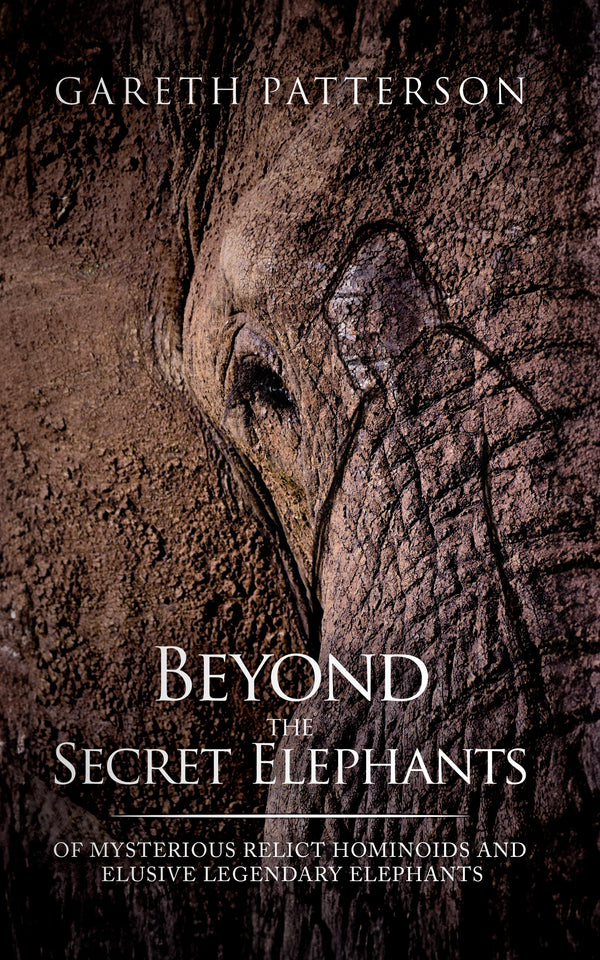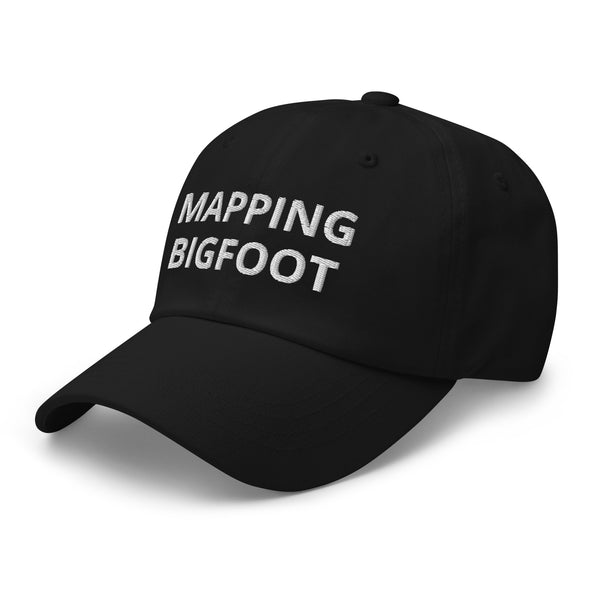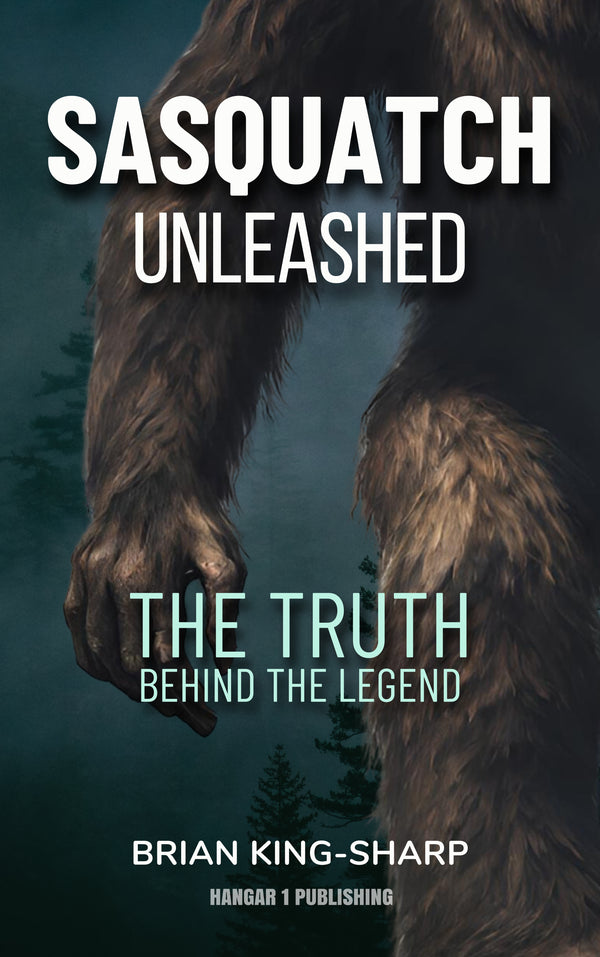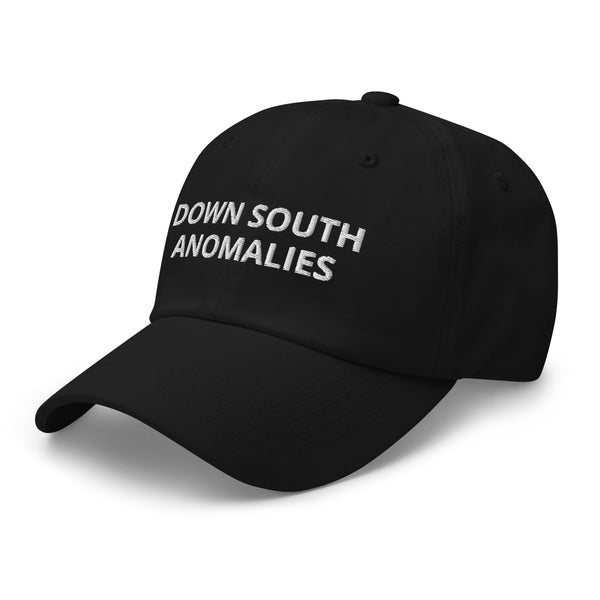Steatopygia's Journey from Ancient Mystery to Modern Marvel
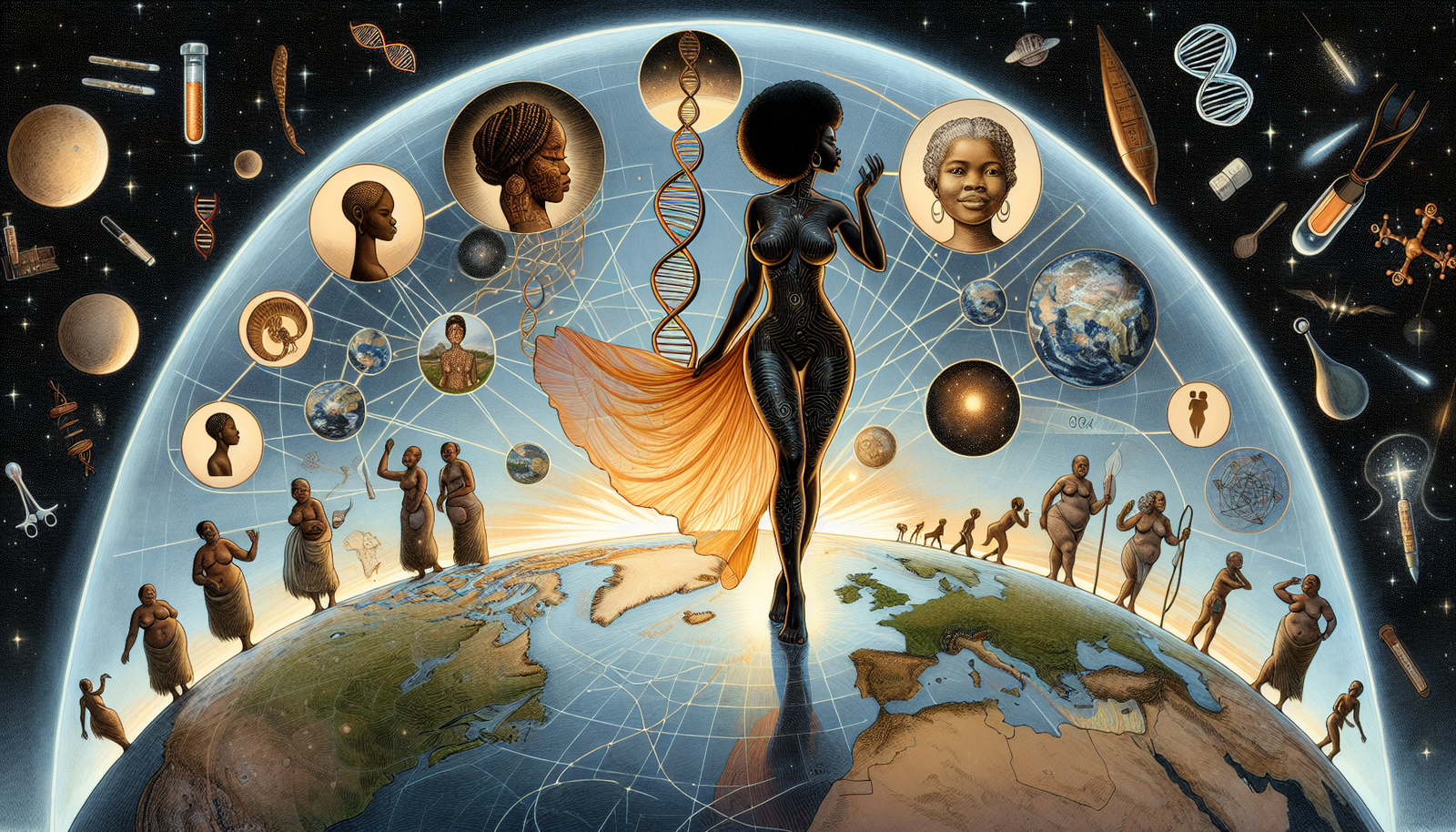
By Anthony Romano, Bigfoot Researcher and Engineer
Introduction
As someone fascinated by cryptids and the unexplored frontiers of zoology, I'm constantly captivated by the sheer diversity of the natural world. Human physiology alone contains marvels yet to be fully understood, intersections of biology, culture, and history that beckon a deeper look. For enthusiasts like myself who love unraveling mysteries, few phenomena present an adventure as compelling as steatopygia.
Characterized by excessive fat accumulation in the buttocks and thighs, steatopygia offers a unique window into the realms of genetics, evolution, and societal perception. This peculiar condition found in certain populations carries an intriguing narrative that transcends the physical, touching on adaptation, identity, and even exploitation. In this article, I'll explore the various facets of steatopygia, from its biological basis to its cultural symbolism, that reveal a fascinating journey from ancient mystery to modern marvel. Join me as we go beyond the myth and unravel the cryptic world of steatopygia!
The Biological Basis of Steatopygia
At its core, steatopygia is a genetic characteristic most commonly expressed among specific ethnic groups, particularly the Khoisan people of Southern Africa. It is also observed to a lesser degree among Pygmies of Central Africa and the Andamanese people. This predisposition leads to an accumulation of adipose tissue that extends from the buttocks down the thighs, sometimes reaching the knees. The distribution is more pronounced in females but can also occur in males.
From an evolutionary perspective, steatopygia likely served as an adaptive advantage for survival in hot, arid climates. The excess fat could act as energy reserves during periods of scarcity while also allowing for more efficient heat dissipation. This is a classic example of natural selection favoring a trait that promotes fitness and reproductive success in certain environments.
The gender disparity suggests sexual selection may also be at play, with steatopygia being perceived as more desirable in females. In fact, among the Khoisan, steatopygia is considered a marker of beauty and fertility, developing fully during the first pregnancy. For ancient humans, cues of health and nourishment would have been intrinsically linked to mate choice.
Historical and Cultural Significance
The cultural footprint of steatopygia has been visible for millennia, as evidenced by Paleolithic Venus figurines found across Europe and Asia. These 25,000-35,000 year old carved statuettes depict voluptuous female forms with ample hips, buttocks, and thighs. While the exact intent behind the Venus figures is debated, they clearly represent an established artistic tradition that celebrated and likely idealized this physical trait in women.
In more recent centuries, however, one of the most prominent stories linked to steatopygia is the tragic tale of Sarah Baartman. Baartman was a Khoikhoi woman taken from South Africa in the early 1800s and paraded around Europe's freak shows as the "Hottentot Venus." Her exoticized features, particularly her steatopygic build, fueled public spectacle and racist exploitation. After her death, her body was dissected and displayed.
Baartman's story reveals the ugly capacity for societies to turn differences into derision. It also underscores steatopygia's complex role as both a source of fascination and stigma throughout history, shaped by the lens of those in power. Even the term "Hottentot Venus" itself contains layers of racial and ethnic bias that reduced Baartman to an objectified "other."
Steatopygia in the Modern Context
Today, perceptions of steatopygia and associated body types have shifted significantly. While once mocked and ridiculed, curves and fuller figures are increasingly seen as beautiful expressions of diversity to be appreciated. The body positivity movement has helped reframe conditions like steatopygia as variations to be celebrated, not defects to be ashamed of.
Pop culture has played a role in this societal shift as well. Beyoncé's lyrics honoring Sarah Baartman's curves as the epitome of a black woman's form marks a drastic departure from history's exploitation. On social media, women leverage their bodies for profit, reclaiming the narrative around exoticized builds.
However, commodification walks a fine line between empowerment and objectification. The origins of the curvaceous ideal lie in oppression, not choice. As we reshape attitudes, we must remain cognizant of how certain bodies have been policed, pressured, and commercialized. Progress requires nuance in determining when admiration celebrates diversity or simply upholds dated standards.
The Science and Speculation of Steatopygia
For cryptozoology enthusiasts like myself who love exploring the fringes of human diversity, steatopygia offers fertile ground for study at the intersection of culture, biology, and history. Many questions remain unanswered about this condition's evolutionary origins, adaptive purposes, and manifestations across demographics. As technology advances, what new insights can fields like genetics reveal about variations in fat distribution and storage? How do factors like diet, exercise, environment, and ethnicity influence steatopygia's development and expression? There is still much to uncover about this phenomena through rigorous, thoughtful research.
Personally, I see steatopygia as a window into the uniqueness of our species. Just as chasing legends like Bigfoot has driven me to push the boundaries of possibility, understanding enigmatic conditions like steatopygia expands our conception of what it means to be human. If we step beyond the known, embrace imagination alongside science, and celebrate our differences as much as our similarities, who knows what mysteries we may yet unravel?
Societal Implications and Reflections
Re-examining a trait like steatopygia also challenges us to confront longstanding beauty ideals and stereotypes. Historical exploitation has left lingering impressions on how we perceive bodies today. The path to acceptance asks us to dismantle the racist notions that categorized Sarah Baartman and others as "freakish" instead of honoring their diversity.
Platforms celebrating a spectrum of bodies offer hope of rewiring biases, but inclusion must spread beyond media spotlights. As we open dialogue around diversity, we need to uplift voices and perspectives from affected communities that are too often overlooked. The experience of living with variances in physiology differs across individuals and demographics. Creating spaces for people to share their stories and feel heard is vital for driving social change.
While steatopygia itself may seem like an esoteric topic, the conversations it can generate have far-reaching significance. At its core, this phenomenon highlights our shared humanity in all its forms. And the more we discover about each other, the more we can further a future where everyone feels recognized and respected, regardless of their physicality.
Conclusion
For me, steatopygia's winding tale has been eye-opening, underscoring that our differences are as meaningful as our similarities. This obscure condition, when viewed across lenses of science, history, and culture, reveals intricacies of humanity that challenge assumptions and compel a deeper look. Beyond the myth lies a story of adaptation, identity, judgment, and reclamation that mirrors our evolving comprehension of diversity itself.
By tracing steatopygia's journey from ancient mystery to modern marvel, we uncover interwoven threads between biology, circumstance, and choice that shape our physical forms. And in questioning past perceptions, we edge towards a more thoughtful, holistic view of the human spectrum. Our shared heritage contains untold wonders, if only we're willing to explore with open minds.
In the end, steatopygia represents just one of the many quirks that add to the mosaic of our species. As we push boundaries in understanding both ourselves and cryptids like Bigfoot, it is our curiosity, compassion and willingness to learn that will unravel the most captivating mysteries of all.
From Bigfoot to UFOs: Hangar 1 Publishing Has You Covered!
Explore Untold Stories: Venture into the world of UFOs, cryptids, Bigfoot, and beyond. Every story is a journey into the extraordinary.
Immersive Book Technology: Experience real videos, sights, and sounds within our books. Its not just reading; its an adventure.




